- Home
- Articles
- Architectural Portfolio
- Architectral Presentation
- Inspirational Stories
- Architecture News
- Visualization
- BIM Industry
- Facade Design
- Parametric Design
- Career
- Landscape Architecture
- Construction
- Artificial Intelligence
- Sketching
- Design Softwares
- Diagrams
- Writing
- Architectural Tips
- Sustainability
- Courses
- Concept
- Technology
- History & Heritage
- Future of Architecture
- Guides & How-To
- Art & Culture
- Projects
- Interior Design
- Competitions
- Jobs
- Store
- Tools
- More
- Home
- Articles
- Architectural Portfolio
- Architectral Presentation
- Inspirational Stories
- Architecture News
- Visualization
- BIM Industry
- Facade Design
- Parametric Design
- Career
- Landscape Architecture
- Construction
- Artificial Intelligence
- Sketching
- Design Softwares
- Diagrams
- Writing
- Architectural Tips
- Sustainability
- Courses
- Concept
- Technology
- History & Heritage
- Future of Architecture
- Guides & How-To
- Art & Culture
- Projects
- Interior Design
- Competitions
- Jobs
- Store
- Tools
- More

Architectural models are one of the most enjoyable ways to represent your design. You can create architectural models that will express the perception of scale, material preferences, environment and mass relations very well with various materials. Models are sometimes made as draft and sometimes as conceptual models. We recommend using recycling materials such as waste paper or wood for this kind of sketch models. However, we have already explained below with which materials you can make models for the most perfect finishes and the best final presentations!

Table of Contents
TogglePaper
Because of its affordable cost and ease of use, paper is ideal for rapid volumetric testing and design plains drawing. You may create a variety dynamic architectural models with scissors and some tape quickly. Furthermore, the thinness and flexibility of paper models, which allows for stress-free bends, curves, and slopes, is an important characteristic to consider. This makes the material suitable for folding investigations as well.

Wood
Another substance that is frequently utilized in the representation of architectural models is wood. There are many different types of wood, but those with good finishes, various weights, and ease of cutting and shaping are preferred for creating precise models. Even cork is occasionally used as a surface finish. Cork has the advantage of being simple to cut and work with. Cork, on the other hand, is readily discolored and destroyed.
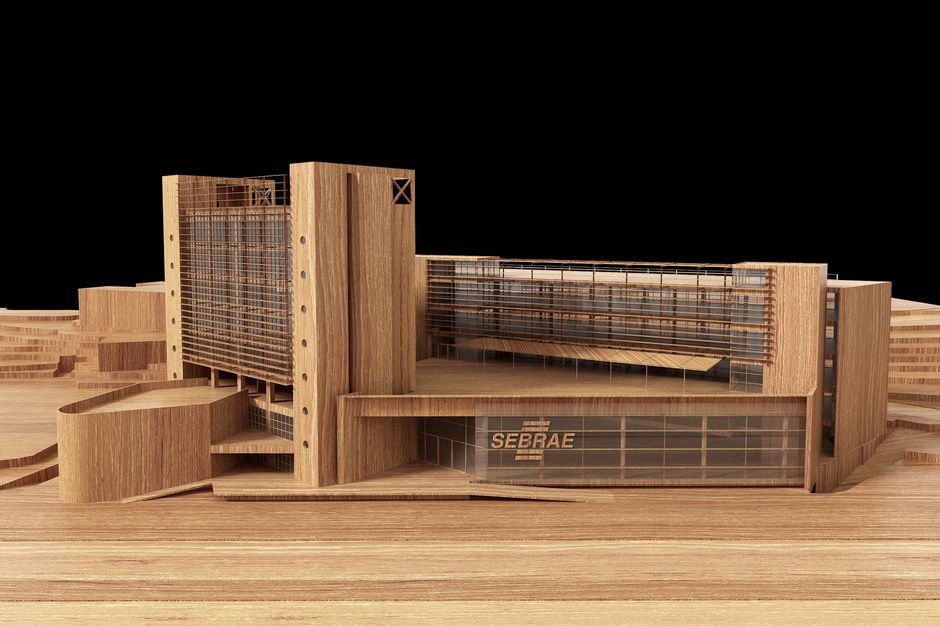
Resin
Architectural models can achieve stunning results with the use of resin molds. These molds allow for precise replication of intricate details, capturing the essence of scale, materials, and environment. With resin molds, architects can bring their designs to life with remarkable accuracy and visual impact.
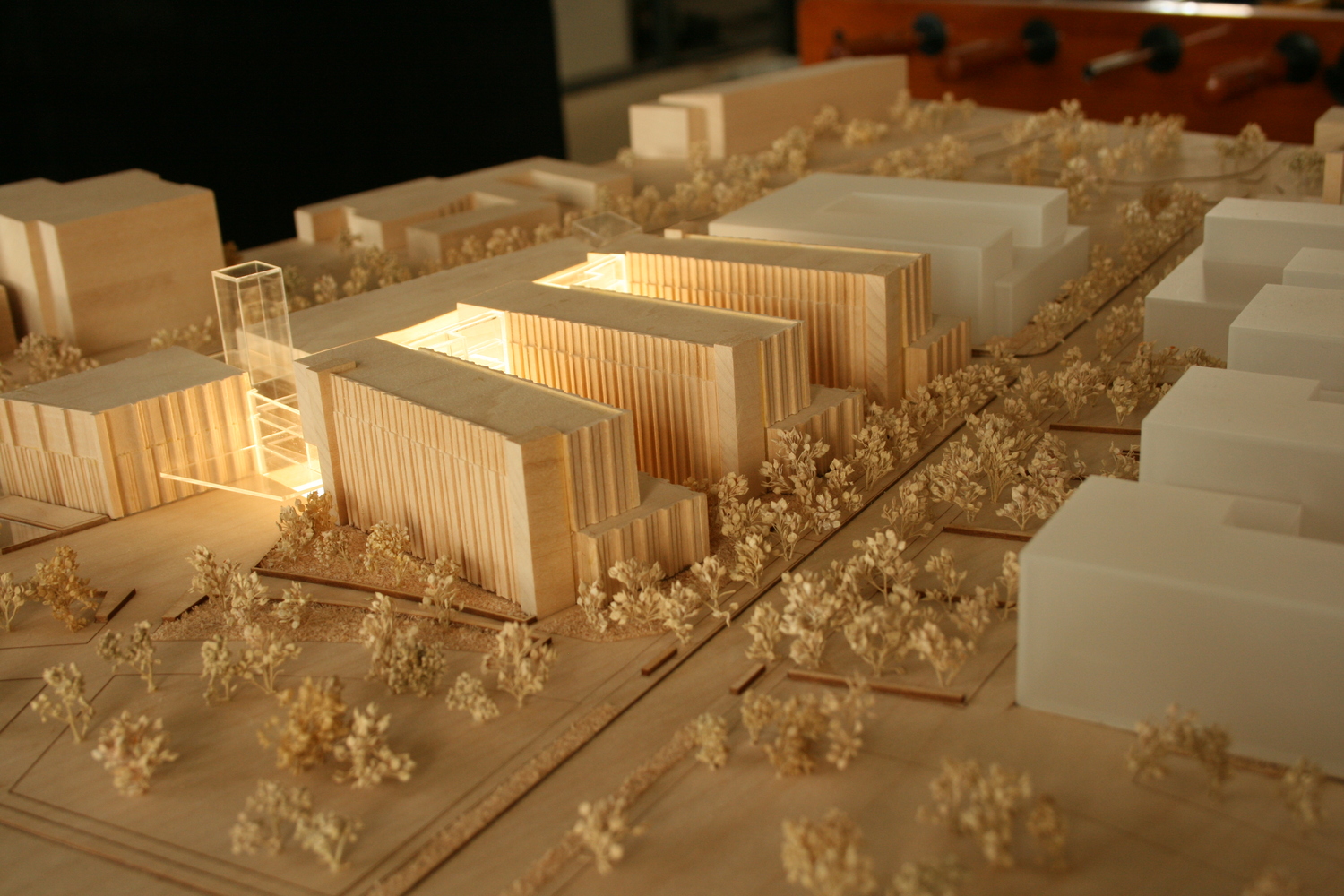
Plastic
Plastic is a low-cost material that is frequently used to create topographical models. Simply tape a printed drawing to the plastic and cut it out. Because of its thinness, it may be necessary to link multiple layers with the same cutout in order to get the desired ultimate height. 3D-printed models can be used in conjunction with plastic models to provide a foundation or background for more sophisticated and detailed designs on your architectural models.


Foam Board
A foam board is made up of a foam layer sandwiched between two thin pieces of plywood. These boards are typically white, with varying degrees of weight and thickness. Foam is a great material for creating white, clean architectural models because of its nature. It is one of the easiest material to cut and allows for a great finish on joints and corners. Foam is also a pretty durable and supportive substance.
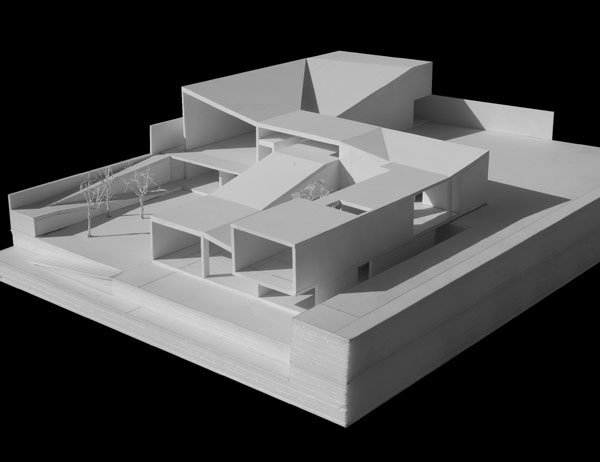
Acrylic
Acrylic offers a sleek, modern look for architectural models with its clarity and versatility. Its ability to be precisely laser-cut allows for intricate detailing and clean finishes, making it ideal for representing transparent elements like windows and doors. Durable and easy to work with, acrylic can enhance models with realistic lighting effects, showcasing how light interacts with structures. This material adds a dynamic and visually appealing aspect to architectural presentations, combining aesthetics with functionality.
Transparent Materials
Working with transparent materials while making architectural models will have very aesthetic results. You can make your model with perfect finishes by using plexi glass, acetate paper or semi-transparent acrylic tiles. When using these materials, you should use artificial lighting in the model basically, it will give very good results. You can also choose these transparent materials integrated with materials such as wood or plastic or as a single material in your model.
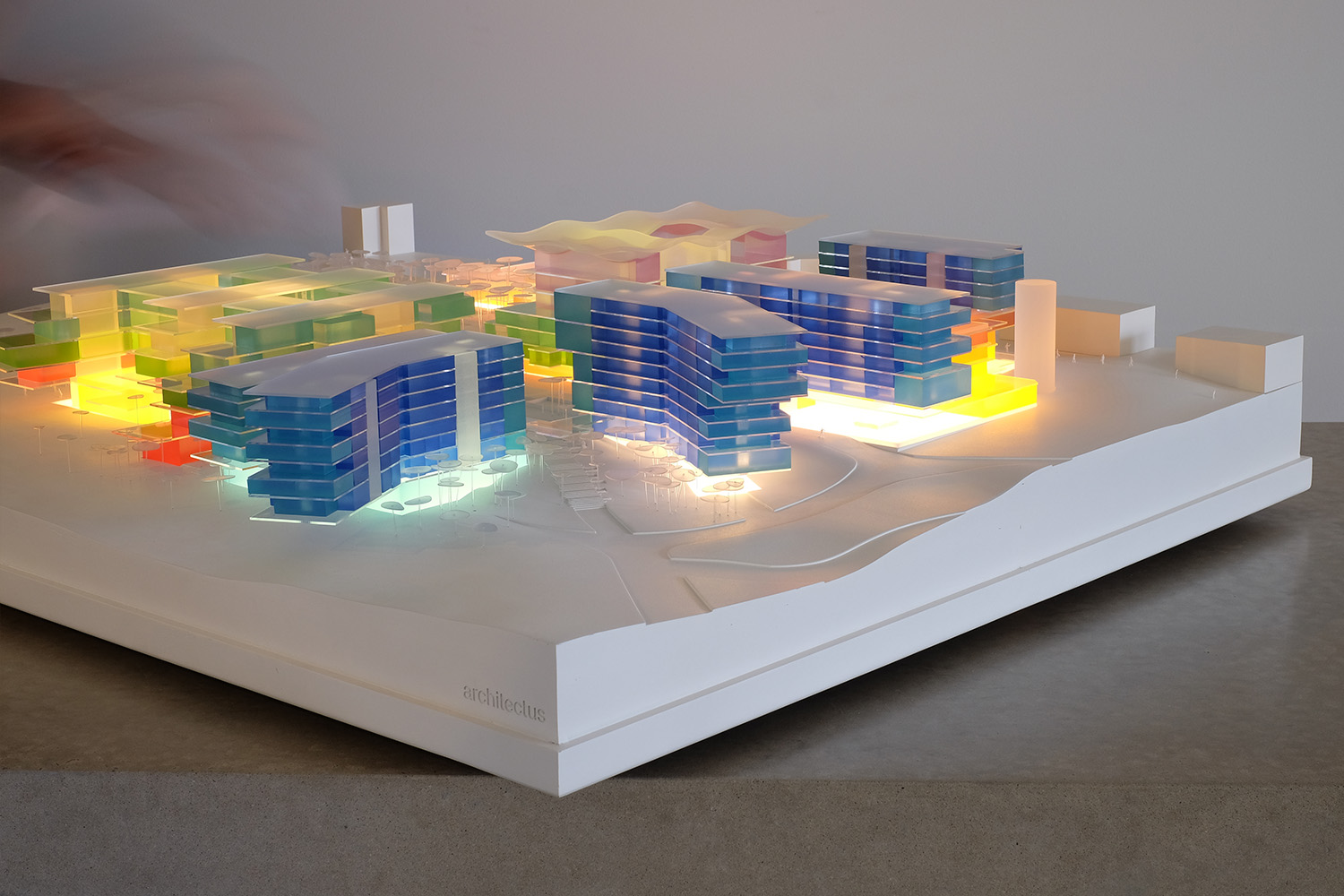

- 3D model making materials
- affordable model making materials
- Architectural Maquette
- architectural model building
- Architectural Model Making
- Architectural Model Materials
- architectural model supplies
- Architectural Model Tips
- Architectural Models
- architectural scale model materials
- best materials for model making
- cardboard for scale models
- foam board architectural models
- high-quality model making materials
- lightweight materials for models
- materials for architectural models
- model building materials for architects
- model making supplies
- Model Materials
- Models
- plastic sheets for model making
- sustainable model making materials
- wood for architectural models
Submit your architectural projects
Follow these steps for submission your project. Submission FormLatest Posts
The Ultimate Guide to Fencing in North Dakota: Choosing the Best Fence for Your Property
Watching a chain link fence twist in 70 mph winds near Minot...
Gaudí: Where Architecture Meets Science
Gaudí: Where Architecture Meets Science shows catenary arches, ruled surfaces, and biomimicry...
How Housing Market Forces Shape Architectural Design Today
Architecture never exists in isolation. Buildings rise from a mix of ambition,...
Why Portable Formaldehyde Gas Detectors Matter on Construction Sites
As construction practices shift toward more enclosed and material-intensive environments, the risk...


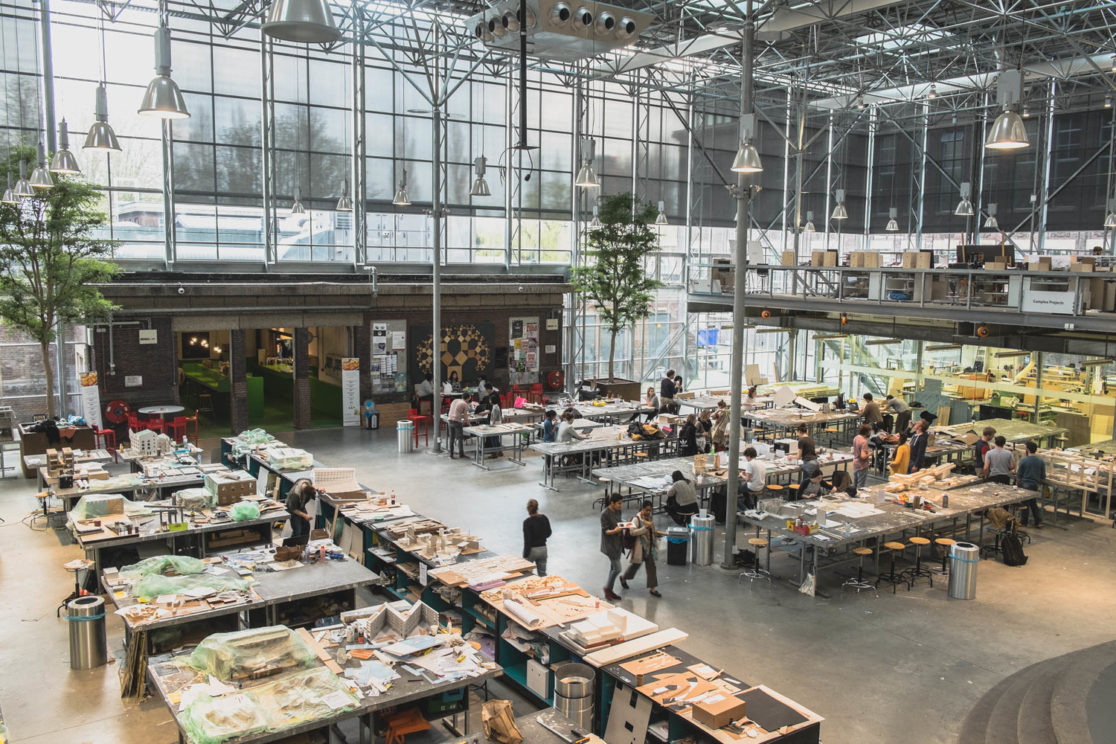

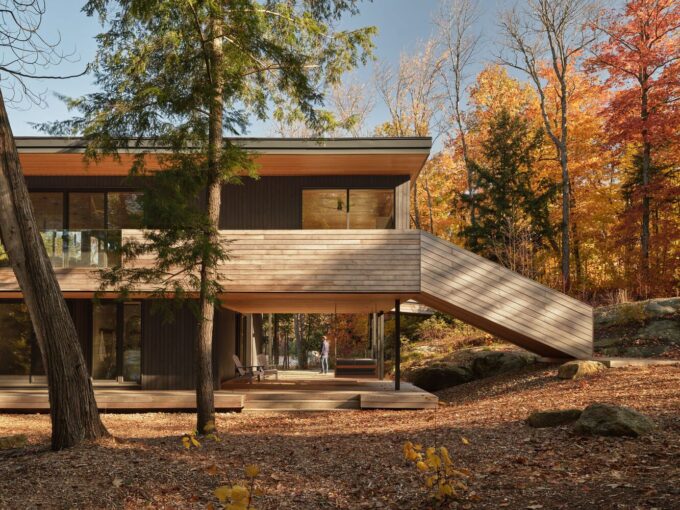
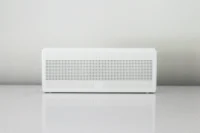




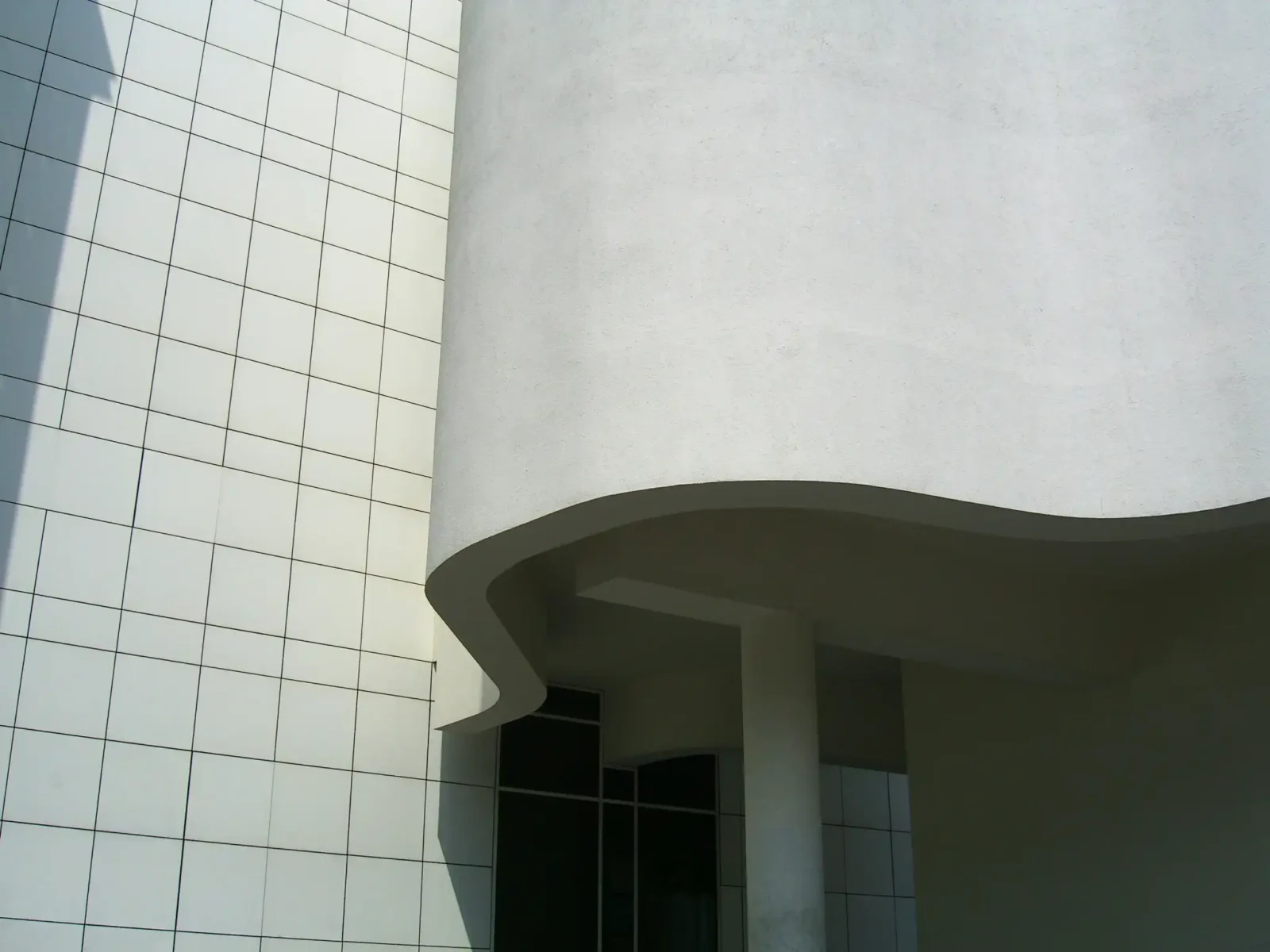

Leave a comment